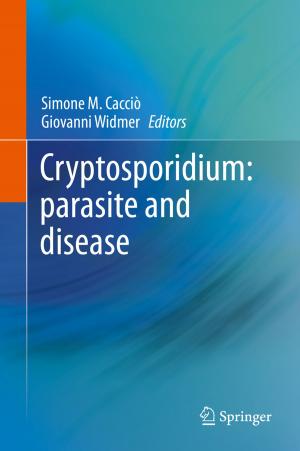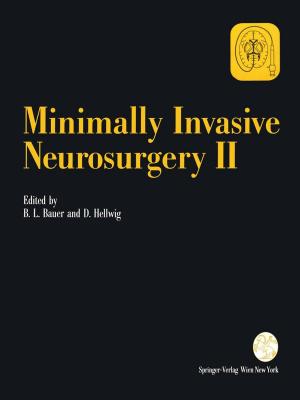Stem Cell Aging: Mechanisms, Consequences, Rejuvenation
Nonfiction, Science & Nature, Science, Biological Sciences, Cytology, Health & Well Being, Medical, Specialties, Oncology| Author: | ISBN: | 9783709112328 | |
| Publisher: | Springer Vienna | Publication: | July 6, 2015 |
| Imprint: | Springer | Language: | English |
| Author: | |
| ISBN: | 9783709112328 |
| Publisher: | Springer Vienna |
| Publication: | July 6, 2015 |
| Imprint: | Springer |
| Language: | English |
Aging of somatic stem cells reduces cell function and results in dysfunctional organs and tissues, making it an underlying cause of diseases associated with aging. It might even be the primary cause for age-associated attrition of tissue function in organs that heavily rely on stem cells for maintaining homeostasis, like the skin, blood and intestines. Understanding the molecular and cellular mechanisms involved is critical for developing approaches to attenuate stem cell aging and could pave the way for improved quality of life among the elderly. Written by highly prominent experts in the field, this book presents the current state of knowledge on these mechanisms. It offers insights into stem cell function, explains in detail the mechanisms of stem cell aging in model organisms as well as mammalian systems and describes related diseases and approaches to attenuating stem cell aging or achieving rejuvenation. The book is intended for all scientists and clinicians working with stem cells, aging mechanisms or age-related diseases.
Aging of somatic stem cells reduces cell function and results in dysfunctional organs and tissues, making it an underlying cause of diseases associated with aging. It might even be the primary cause for age-associated attrition of tissue function in organs that heavily rely on stem cells for maintaining homeostasis, like the skin, blood and intestines. Understanding the molecular and cellular mechanisms involved is critical for developing approaches to attenuate stem cell aging and could pave the way for improved quality of life among the elderly. Written by highly prominent experts in the field, this book presents the current state of knowledge on these mechanisms. It offers insights into stem cell function, explains in detail the mechanisms of stem cell aging in model organisms as well as mammalian systems and describes related diseases and approaches to attenuating stem cell aging or achieving rejuvenation. The book is intended for all scientists and clinicians working with stem cells, aging mechanisms or age-related diseases.















